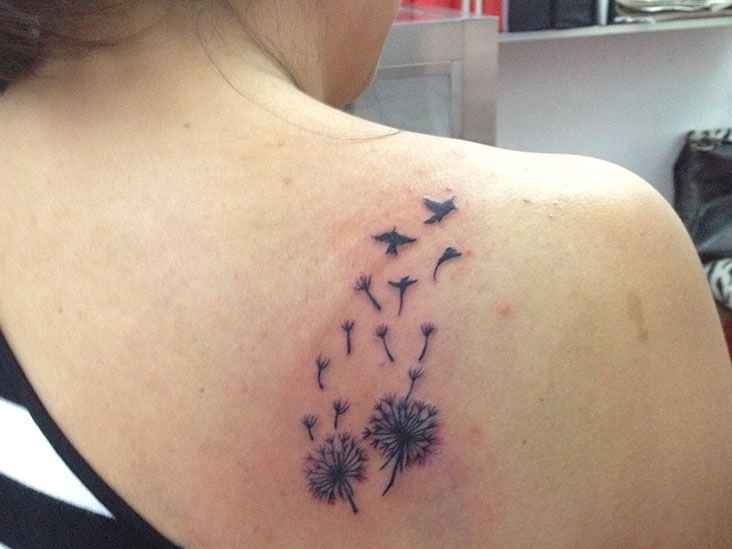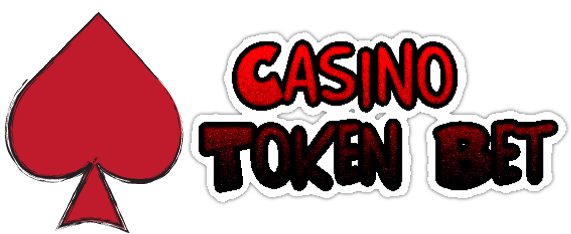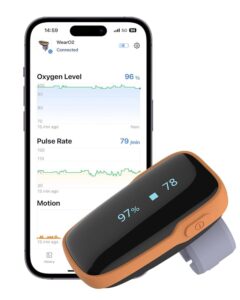
Effective Ways On How To Itch A Tattoo: Tackle The Itch Naturally
To itch a tattoo, resist the urge to scratch. Instead, follow these simple steps to alleviate the discomfort. Firstly, gently tap or pat the itchy area to help reduce the itching sensation. Secondly, apply a thin layer of fragrance-free moisturizer to keep your skin hydrated, which can help reduce itching. Lastly, avoid exposing your tattoo to direct sunlight, as this can worsen the itching. Remember, patience is key when it comes to caring for your new ink.
How to Itch a Tattoo: Tips and Tricks for Relieving Tattoo Itching
Welcome to our guide on how to properly itch a tattoo without causing any damage to your beautiful ink! Getting a tattoo is an exciting experience, but dealing with the itching that comes during the healing process can be a challenge. In this article, we will discuss why tattoos itch, the do’s and don’ts of scratching your tattoo, and effective ways to relieve the itchiness. Let’s dive in and learn how to take care of your tattoo the right way!
Why Do Tattoos Itch?
Before we jump into how to relieve tattoo itching, let’s understand why tattoos itch in the first place. When you get a tattoo, the needle punctures your skin, causing trauma to the area. Your body responds to this trauma by sending immune cells to repair the damaged skin. As the skin heals, it may become dry and flaky, leading to itching. Additionally, the ink particles underneath the skin can also trigger an immune response, leading to further itchiness.
The Do’s and Don’ts of Scratching Your Tattoo
It’s crucial to resist the urge to scratch your tattoo, as excessive scratching can lead to scarring, infection, and fading of the tattoo. Here are some do’s and don’ts to keep in mind when dealing with tattoo itching:
Do’s:
- Keep your tattoo clean and moisturized to prevent dryness that can worsen itching.
- Gently tap or pat your tattooed area instead of scratching to provide temporary relief.
- Use a clean, damp cloth to dab the itchy areas without causing damage.
- Follow your tattoo artist’s aftercare instructions to promote proper healing.
Don’ts:
- Avoid scratching your tattoo with your nails or any rough objects as it can damage the skin.
- Avoid picking at scabs or peeling skin as it can disrupt the healing process.
- Avoid using harsh soaps or lotions that can irritate your tattooed skin further.
Effective Ways to Relieve Tattoo Itching
Now that you know what not to do when your tattoo itches, let’s explore some effective ways to relieve the itching and promote healing:
1. Moisturize Regularly
Keeping your tattooed skin well-hydrated is essential to prevent dryness and reduce itching. Choose a fragrance-free, gentle moisturizer recommended by your tattoo artist and apply it several times a day to keep your skin hydrated.
2. Cool Compress
If your tattoo is itching intensely, you can use a cool compress to soothe the area. Place a clean, damp cloth or a cold pack on the itchy areas for a few minutes to alleviate the itching sensation.
3. Anti-Itch Creams
There are various anti-itch creams available over the counter that can provide relief from tattoo itching. Look for creams containing ingredients like hydrocortisone or pramoxine, but make sure to consult your tattoo artist or dermatologist before using any new products on your tattoo.
4. Avoid Heat and Sun Exposure
Heat and sun exposure can exacerbate tattoo itching and prolong the healing process. Avoid hot showers, saunas, and excessive sun exposure until your tattoo is fully healed to prevent further irritation.
5. Distraction Techniques
If the itching becomes unbearable, distract yourself by engaging in activities that keep your hands busy, such as drawing, knitting, or playing video games. Keeping your mind off the itching can help reduce the urge to scratch.
Congratulations on your new tattoo! Remember that itching is a normal part of the healing process, and with proper care and patience, you can relieve the itchiness without compromising the quality of your tattoo. By following the do’s and don’ts of scratching your tattoo and utilizing the effective relief methods mentioned in this article, you can ensure that your tattoo heals beautifully and remains vibrant for years to come. Happy healing!
I hope you found this guide on how to itch a tattoo helpful and informative. If you have any more questions or tips to share, feel free to leave a comment below. Thank you for reading!
ITCHY NEW TATTOO?! Do this to fix that itch! 🤯 #justinked #tattoo #itchytattoo#newtattoo
Frequently Asked Questions
How can I relieve itching on my new tattoo?
To relieve itching on your new tattoo, gently wash the tattooed area with mild soap and lukewarm water. Avoid scratching the tattoo and opt for gently patting the skin dry with a clean towel. Applying a thin layer of fragrance-free moisturizer recommended by your tattoo artist can also help soothe the itchiness.
Is it normal for a tattoo to itch during the healing process?
Yes, it is normal for a tattoo to itch during the healing process as the skin goes through stages of healing. Itching is a common part of the healing process and is a sign that the skin is regenerating. However, it is essential to resist the urge to scratch the tattoo to avoid damaging the skin and affecting the tattoo’s outcome.
Can scratching a tattoo cause damage or affect the final result?
Scratching a tattoo can cause damage to the skin and may lead to scarring or pigment loss, affecting the final result of the tattoo. It is crucial to refrain from scratching the tattooed area, as it can introduce bacteria and prolong the healing process. If the itching is unbearable, try other methods like gently tapping or applying recommended moisturizers to alleviate the itchiness.
Final Thoughts
To properly care for a healing tattoo, avoid scratching it to prevent potential damage and infection. Instead, gently pat or tap the itchy area to alleviate the sensation. Moisturize the tattoo regularly using a recommended lotion to keep the skin hydrated and reduce itching. By following these simple steps on how to itch a tattoo, you can ensure successful healing and vibrant tattoo colors in the long run.


